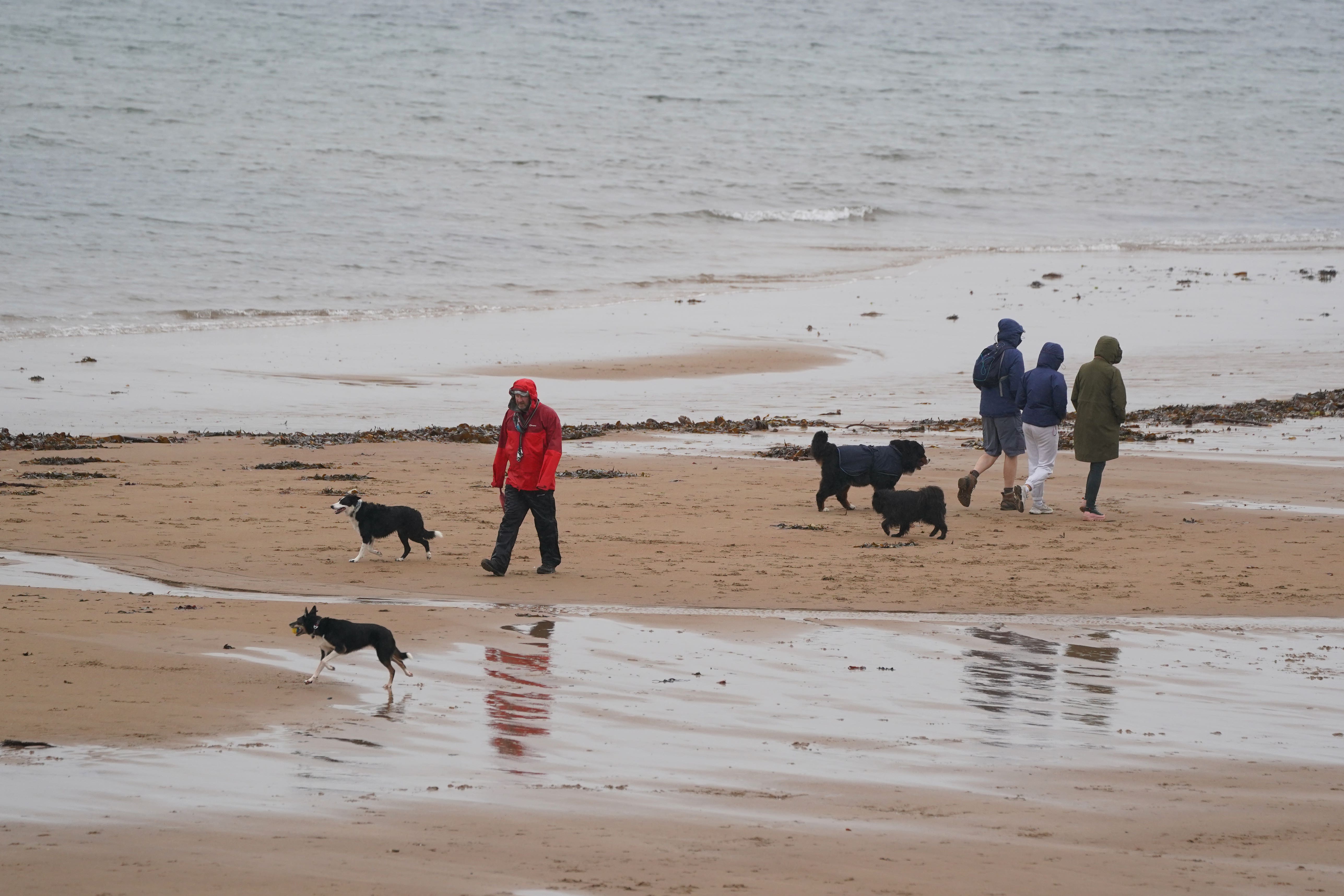Dog walking injuries could be costing the NHS an estimated £23 million annually, a new study suggests, with experts warning that a surge in dog ownership may lead to a rise in hand and wrist injuries linked to lead handling.
Academics from Raigmore Hospital in Inverness and Sengkang General Hospital in Singapore highlighted that hand and wrist injuries sustained while walking dogs remain an “understudied topic”.
Their research involved a review of five US studies, encompassing nearly 500,000 injuries.
The analysis revealed that almost three-quarters (74 per cent) of these injuries occurred among women, while nearly a third (31 per cent) affected individuals over the age of 65.
Of the total injuries examined, approximately 110,000 were specifically related to the hand or wrist.
The research team found that broken fingers were the most common injury.

And being pulled by a leash was the most common cause of a “direct dog- elated injury”, according to the review, which has been published in the journal Injury Prevention.
Researchers said that the cost of treating hand and wrist injuries is influenced by several factors.
After examining the cost of fixing various fractures and casts for broken bones, they wrote: “The potential annual cost of managing dog walking-related distal radius fractures in the NHS in England could exceed £23 million annually.”
They stressed that the total economic cost cannot be derived from the cost of treating broken bones, because these fractures and breaks will also potentially lead to a loss in productivity with people out of work as a result.
The authors wrote: “This review highlights a significant number of dog walking-related hand and wrist injuries, particularly in the elderly and female population.
“While finger fractures were the most frequently reported injury, the cost analysis in this review focused on distal radius fractures due to their substantial economic impact.
“We estimated the potential annual cost of dog walking-related wrist fractures in the UK to exceed £23 million.
“Preventative measures, including safer leash practices and public safety guidance, should be implemented to reduce injury risk.”
The authors highlight how in the UK there are around 8.5 million dogs, or one dog for every seven to eight people.
They added: “Policies should teach dog owners optimal dog walking practices to minimise injuries and enforce adequate dog training to reduce the risk of dogs injuring the person walking them.”




